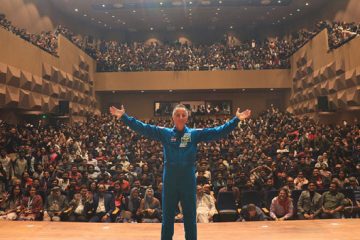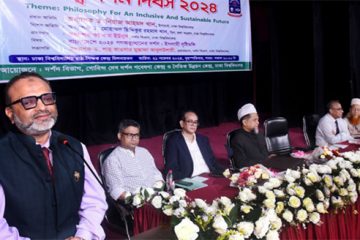Drainage fails as indiscriminate filling up of lowland, flood flow zones goes unabated
Around 40 percent of the wetlands of Dhaka city has disappeared in 20 years due to indiscriminate filling up of lowland and flood flow zones that also has reduced its drainage capacity.
Quoting a study of the department of Urban and Regional Planning of Buet, Prof Sarwar Jahan, president of Bangladesh Institute of Planners, said this at a roundtable at the National Press Club yesterday.
The study says the temporary wetlands in Dhaka metropolitan development plan area (1,528 square km), which was 40,765 hectare in 1989, came down to 35,740 hectare in 1999 and 24,208 hectare in 2005.
Save Environment Movement (SEM), Jano Udyog Jatiya Committee and Institute for Environment and Development jointly organised the roundtable.
M Mujibur Rahman of Buet in his keynote paper said the eastern Dhaka relies on gravity drainage system based on “khals” and wetlands.
If the existing wetlands and water bodies are not protected, the drainage system of eastern Dhaka will collapse and it will inundate the area frequently, he said.
Mujibur said to protect eastern Dhaka from floods, at least 40 percent of the drainage catchment area must be delineated and protected as wetlands and water bodies under the Wetland Conservation Act, 2000.
Of the 40 percent drainage area, a minimum of 12 percent area (about 20 square km) can be made available as reserved ponds or lakes and another 28 percent (about 46 square km) protected as natural wetlands for retention of storm water, he said.
He suggested declaring this 40 percent area (66 square km) as wetlands including reserved ponds/lakes by the environment ministry without much delay considering this as an “ecologically critical area.”
Syeda Rizwana Hasan, chief executive of Bangladesh Environmental Lawyers Association (Bela), said the government should protect 21 percent of water bodies and flood flow zones of Dhaka city to save it from water logging.
She said the government should not accept the demand of land grabbers to approve the projects, which have already filled up water bodies and wetlands rather it should take initiative to restore those water bodies.
Abu Naser Khan, chairman of SEM, said water bodies and wetlands will be the main source of water in future.
The capacity of replenishing ground water will be reduced more if it is not possible to protect water bodies of the city, he said.
Dr Niaj Rahman and executive engineer of BIWTA Tofayel Ahmed, among others, spoke at the roundtable.




















